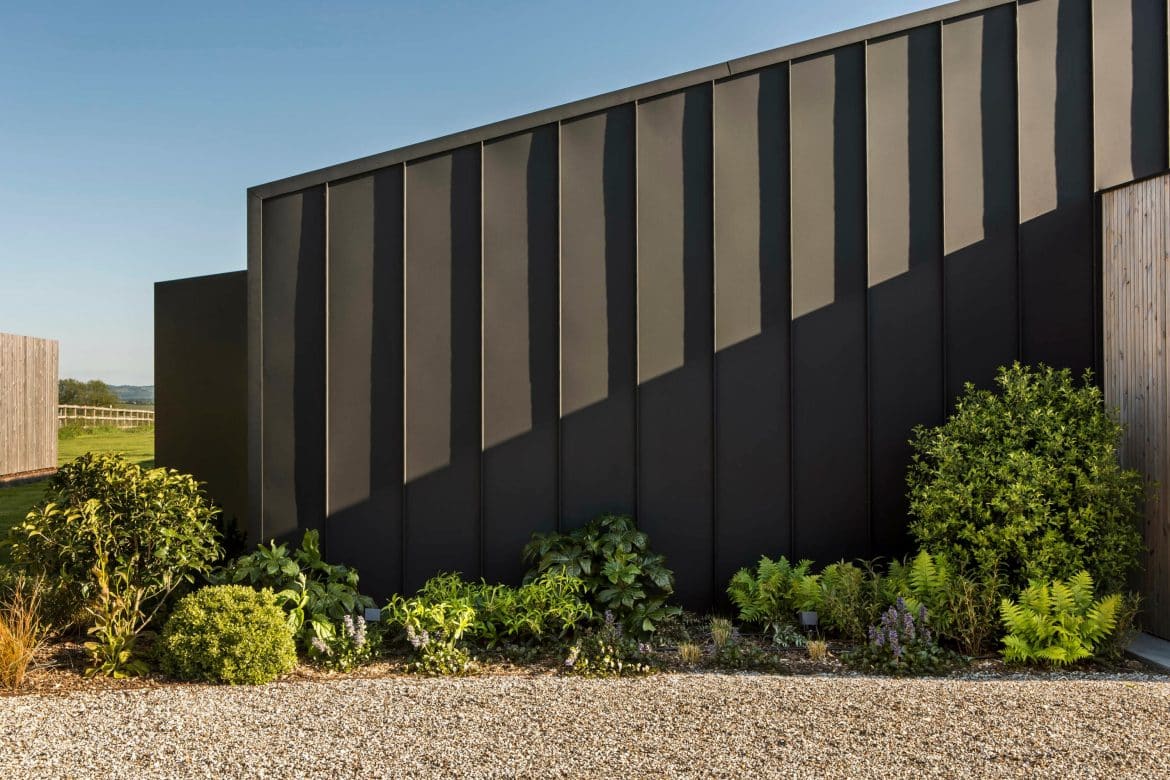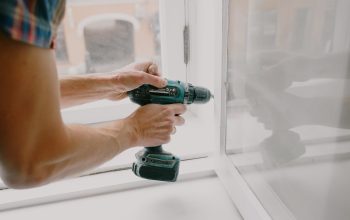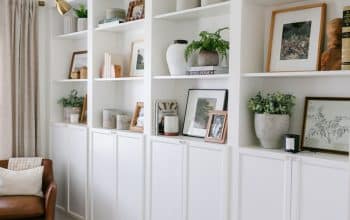SELECT THE WORDS & LEVEL
As the construction industry continues to evolve and seek new, sustainable solutions for building facades, composite cladding has emerged as a top option for eco-friendly and modern architecture. This innovative building material is made from a combination of natural and synthetic materials and offers a range of benefits over traditional cladding options. This article will explore its eco-friendly features and how it’s used in modern architecture.
What is it?
Composite cladding is a type of cladding made from natural and synthetic materials. These materials are moulded together to create a durable, low-maintenance, attractive exterior finish for buildings. The most common materials include wood, plastic, and other synthetic fibres.
The advantages
Durability and Low Maintenance
It is a highly durable material resistant to fading, cracking, and rotting. Unlike wood cladding, it doesn’t require regular painting, staining, or sealing, making it a perfect choice for building owners and managers who want a low-maintenance facade solution.
2. Environmentally Friendly
It is eco-friendly because it’s made from recycled materials. These materials are collected, processed, and transformed into new building products that are both sustainable and long-lasting. In addition, recycling is also possible at the end of its lifespan, reducing its impact on the environment even further.
3. Energy-Efficient
It has excellent insulation properties, which means it can help reduce energy costs by keeping buildings warm in the winter and cool in the summer. Building owners must look for ways to make their buildings more energy-efficient and reduce their carbon footprint.
Uses in Modern Architecture
1. Commercial Buildings
It is famous for such buildings as office buildings, shopping centres, and other large-scale projects. It’s durable, low-maintenance, and offers excellent insulation properties, making it an ideal solution for commercial buildings that require a long-lasting, energy-efficient exterior.
2. Residential Buildings
It is also used in residential construction, including single-family homes, townhouses, and apartment buildings. It’s a material that can be used in many styles, from traditional to modern, and can be customised to match the unique design of each building.
3. Educational and Institutional Buildings
Schools, universities, and other educational and institutional buildings also use composite cladding in their construction projects. This material is ideal for these types of buildings because it’s low-maintenance, durable, and provides excellent insulation, making it a great choice for buildings that will be used for many years.
Design Options
Colour Options
It is available in a wide range of colours and finishes, so it can be customised to match the specific design needs of each building, whether you’re looking for a traditional wood-like finish or a bold, modern colour cladding you covered.
2. Texture Options
Cladding is also available in various textures, from smooth and sleek to rough and rustic. It allows architects and building owners to choose the right consistency to complement the overall design of their building and create a unique and attractive facade.
3. Custom
Customization is one of the key benefits. This material can be moulded and shaped into various forms and designs, making it possible to create unique and custom facades for buildings. It means that building owners and architects can choose the right style, colour, and texture to match the design and aesthetic of their building. Whether for a sleek look or a traditional and classic facade, it offers the versatility and customization needed to bring your vision to life.
In conclusion, composite cladding is an eco-friendly and innovative building material well-suited for modern architecture. Its combination of natural and synthetic materials offers a range of benefits, including durability, low maintenance, and excellent insulation properties. It’s a versatile and adaptable solution that can be tailored to fit the distinct requirements of any building project, be it commercial, residential, or educational. In the 21st century, it has gained immense popularity as a building facade, thanks to its eco-friendly characteristics and appealing design choices.




